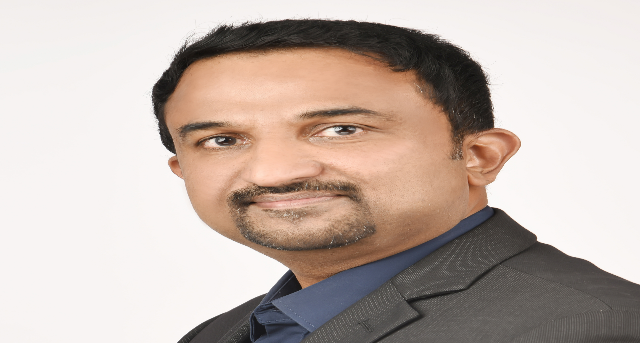
New Delhi, July 14 -- Global financial services organisation Sun Life established one of the earliest global capability centers in India in 2006. Started with an office in Gurugram, this GCC was then known as Sun Life Asia Service Centres (ASC). In June 2023, ASC was rebranded to what is known as Sun Life Global Solutions (SLGS), to reflect the 'global' nature of the work it does, servicing all of the 28 locations Sun Life is already present in.
As of 2025, SLGS has 5,000 employees and an additional office in Bengaluru. Together with its counterpart in the Philippines, the India team forms the Sun Life Global Solutions Center, serving all business groups and regions, including the U.S., Canada, and asset management verticals. SLGS' talent base-including software engineers, designers, architects, data analysts, and finance professionals-is growing at a 10-12% CAGR.
"Over the last 17 years in India and nearly 30 years in the Philippines, we've followed a natural evolution, mirroring the broader GCC landscape. While the India center primarily supports Sun Life's North American business, the Philippines center focuses more on our Asia operations," Ajayan Narayanan, the vice president and head of digital business and technology solutions at SLGS, told TechCircle in an interview.
Contributions to global strategies
SLGS' teams are involved in 90% of the company's strategic priorities, either by directly driving them or co-creating solutions alongside global counterparts, in core business areas like insurance and wealth.
"We have a dedicated innovation group that actively explores emerging technologies, experiments with them, and develops proofs of concept (PoC) that often go on to be adopted globally," added Narayanan. Last year, this team developed over 20 generative AI PoCs, many of which have already gone into production. These include intelligent chatbots, workflow automation tools, and AI-development tool integration.
The India team is also leading a massive technology modernization initiative for one of Sun Life's business units. Like many global enterprises, Sun Life has legacy systems built on mainframes with decades of technical debt.
"Modernization often takes a back seat due to business pressures," Narayanan explained. "So, two years ago, we launched a focused program and handed it to our India team. They created custom frameworks and utilities, leveraging AI and GenAI," Narayanan explained.
He added that the India team entirely built custom utilities and frameworks, and adopted AI and generative AI tools. "We've already completed 60-70% of the program, saving almost a year on the overall timeline, despite the scale of the effort, depth of legacy systems, and limited subject matter expertise."
For this project, third-party partners were leveraged in the early stages, where legacy systems required very specialised knowledge, something not readily available in-house.
Elaborating further, Narayanan said that the company follows an employee-led model, which means that the focus is on building strong in-house capabilities, with third-party technology partners brought in strategically, where needed.
"This balanced 'smart-sourcing' model works well for us. It gives us the agility to manage demand peaks while allowing us to tap into external expertise that brings valuable industry insights and best practices, which we can adopt and adapt to our context."
Building leadership pipeline
Narayanan says that one of his focuses as a leader is to build a leadership pipeline from SLGS that can take over global responsibilities.
"From a GCC perspective, we have been operating in different geographical regions for many years and have built strong business, technology, and leadership capabilities. As a result, there is a natural aspiration among our people to grow into larger, more strategic roles. Having such roles in these locations also enables us to deliver significant value to the enterprise."
There has been a significant rise in senior leadership roles within SLGS. "In the last 4-5 years, we've seen a significant increase in roles such as Principal Software Engineers, AVPs, and BPs, which is a strong signal of the strategic responsibilities we are taking on," he added.
Not just SLGS, other GCCs in India are witnessing a new leadership model take root. GCC leaders were traditionally limited to governance and operational roles at India sites, with little formal responsibility within the global organization.
However, this is changing. Companies now increasingly seek leaders with deep functional or technical expertise. According to staffing firm Zinnov, the number of global roles held by GCC leaders has grown from 1,200 in 2019 to over 6,500 in 2024, at a CAGR of around 40%.
In the next three years, Narayanan says that SLGS' focus will be on further building 'strategic, high-accountability roles'.
Published by HT Digital Content Services with permission from TechCircle.
